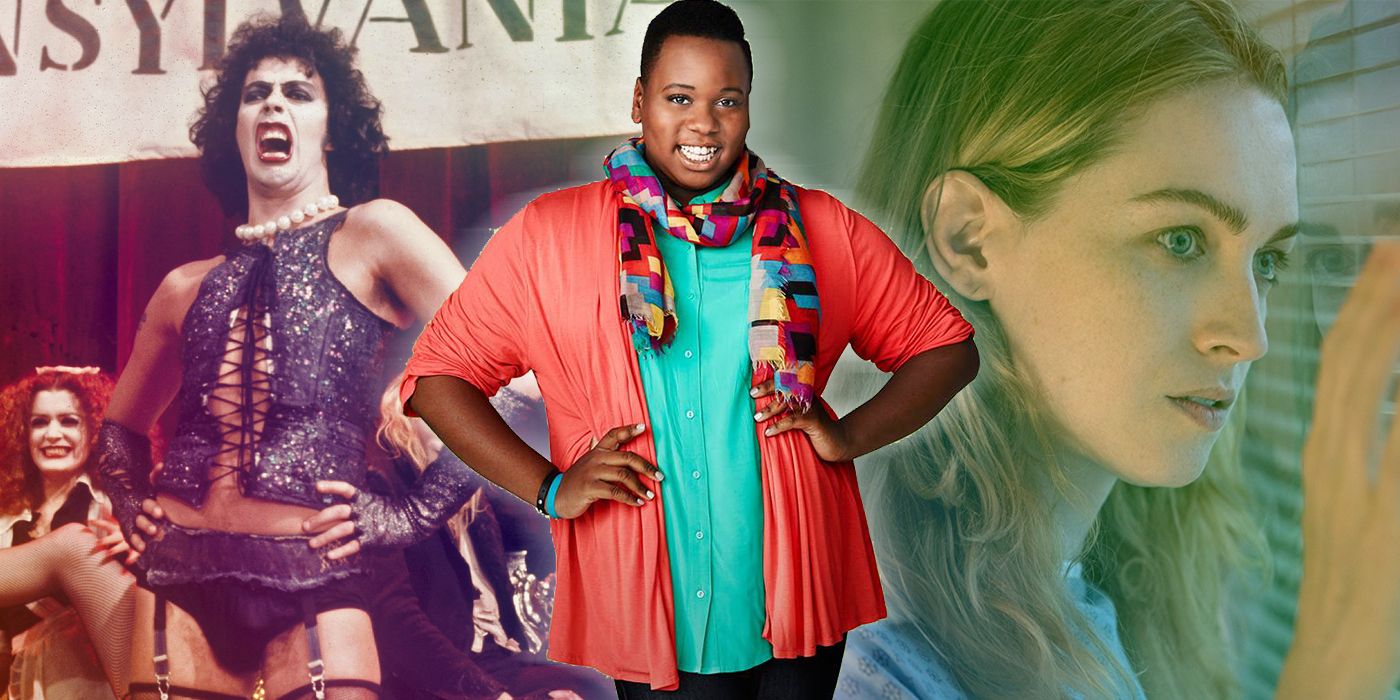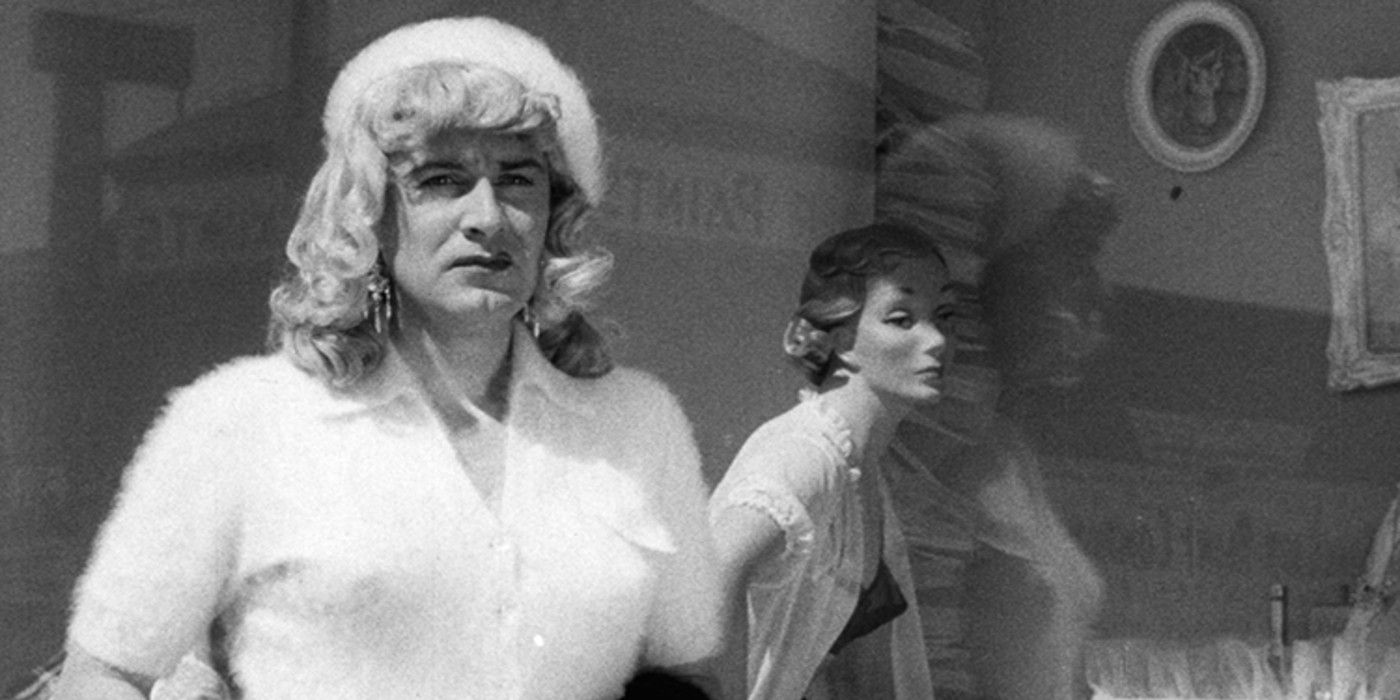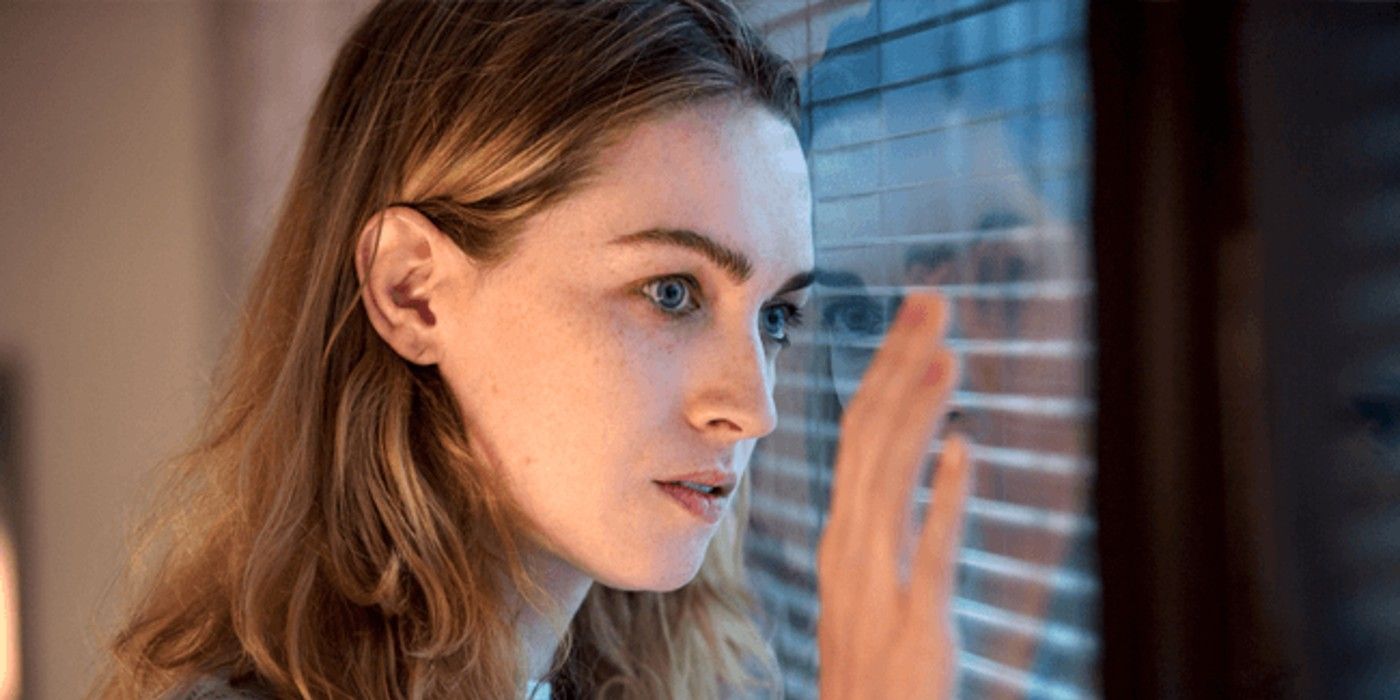As of late, there have been many relatable gender nonconforming and transgender characters in movies and television who are fearless in their self-exploration and expression. These characters may be trans, non-binary, or just people who dismiss gender stereotypes as a whole, but all of them have had a positive impact on media representation for the LGBTQ community. However, early genderqueer representation in the mainstream media was usually harmful, causing the general public to view trans people in a negative light. Gender nonconforming characters were mostly portrayed as people with mental illness, like in the classic thrillers Psycho or Dressed to Kill. Besides Ed Wood's largely hated, exploitative, semi-autobiography Glen or Glenda, characters who destroy the gender binary weren't shown in a positive light in mainstream entertainment before 1975.
1975 was the year The Rocky Horror Picture Show burst onto the scene, a midnight movie about a gender nonconforming alien scientist who is in the middle of his latest creation: the perfect man. The film was underrated when first released, but it is now one of the most successful cult movies of all time. One of the main reasons the film became such a phenomenon years after its release is because of the way Dr. Frank-N-Furter resonated with many members of the LGBTQ community. Dr. Frank-N-Furter is sexy, beautiful and handsome all at the same time, and they never try to be anything other than themselves. The 1970s was a time where LGBTQ people were sometimes forced to hide themselves away, so witnessing a transgressive movie explore themes like sexuality and gender expression so blatantly was most likely very liberating for queer people everywhere.
After Rocky Horror Picture Show, gender nonconforming characters started to mainly be portrayed for laughs in comedies, such as Tootsie and Mrs. Doubtfire. The only way a character would break gender norms in a film like this would be if they needed to meet a goal, and in order to do so, they needed to pretend to be the opposite gender. The protagonist was naturally very comfortable in the gender they were assigned at birth and were never really exhibiting any natural interest in expressing their gender in a way that doesn't match their assigned sex at birth. Although these films are fun and some are even critically lauded, they actually invalidate trans and non-binary people in many ways because these characters aren't really trans or non-binary; they're just pretending to be the opposite sex for comedic purposes. This perpetuates the idea that genderqueer and trans people are just playing dress up, which is completely false and a very harmful message to be sending to the public.
In 1992, The Crying Game became one of the first mainstream movies to feature a transgender female character as one of the main protagonists. The film finally provided a character who is authentically trans and actually explores her as a human being. However, the film still has its downsides. The character of Dil is played by Jaye Davidson, who although was androgynous in appearance during the time the film was made, is a gay man and not a transgender female. While The Crying Game was a step in the right direction for media representation of trans people, it wasn't the full monty. Surprisingly enough, 2004's horror-comedy sequel Seed of Chucky dealt with gender identity issues in a very emotional and even tasteful way. Taking from Ed Wood's schlocky film, Chucky's child does not know if they feel like they are Glen or Glenda on the inside, thus taking on two personas.
Starting in the late 2000s, television began to expand its representation of people who do not fit the gender binary. In 2009, Ryan Murphy's hit musical dramedy Glee became an instant phenomenon due to its relatable teenage characters and inclusion of LGBTQ characters played by LGBTQ actors. One of the most prominent such characters in Glee is Unique Adams. Unique is a young, talented trans woman who is played by gender nonconforming actor, Alex Newell. After this, a door opened up for representation that would soon allow trans and non-binary characters to be played by actors that actually are trans or non-binary.
In 2015, Netflix's cult sci-fi series Sense8 featured a transgender character, Nomi, as one of the eight leads. Not only is Nomi a strong, independent trans woman character who is unafraid to be her authentic self, but she is played by the phenomenal trans actress, Jamie Clayton. After the release of Sense8 (as well as Orange Is the New Black which featured trans icon, Laverne Cox), it started to become much more common to see trans actors playing trans characters in shows. Ryan Murphy's Pose features a cast featuring primarily trans actresses, including Angelica Ross, who became the first transgender actress to hold two regular roles in two different series: Pose and American Horror Story. Additionally, HBO's Mrs. Fletcher from 2019 featured trans activist Jen Richards as a whip-smart, professor who happens to be transgender. Furthermore, Fox's made-for-tv remake of Rocky Horror Picture Show featured Laverne Cox in the role of Dr. Frank-N-Furter.
Television has also gotten much more progressive in its representation of gender variant characters. Showtime's 2016 finance drama Billions featured what is considered TV's first non-binary character, Taylor Mason, played by real-life non-binary actor Asia Kate Dillon. Gender expression in cinema has gone a long way as well, with movies like Tangerine and Climax featuring trans actors in leading roles.
The entertainment industry has definitely had a rocky past when it comes to its representation of LGBTQ characters. Many of the past films and television series have been extremely harmful to the queer community. However, these stories paved the way for the newer, more positive pieces of media produced today. Hopefully, media representation will continue this pattern of growth and evolution.



